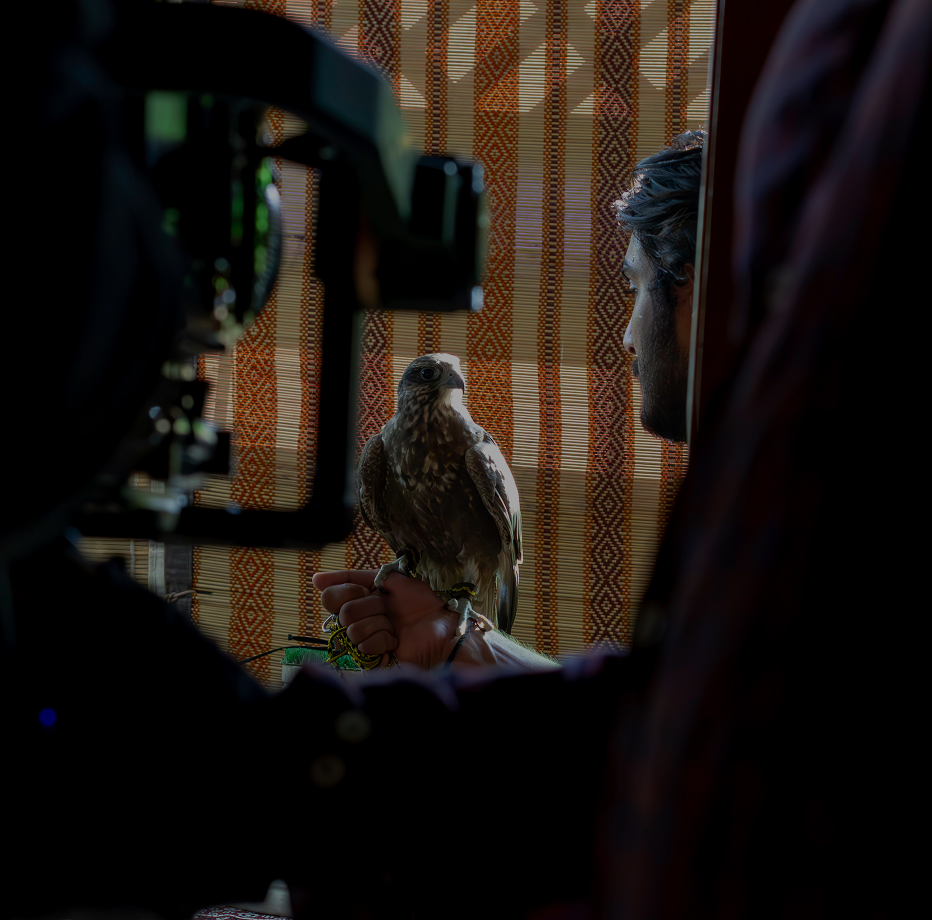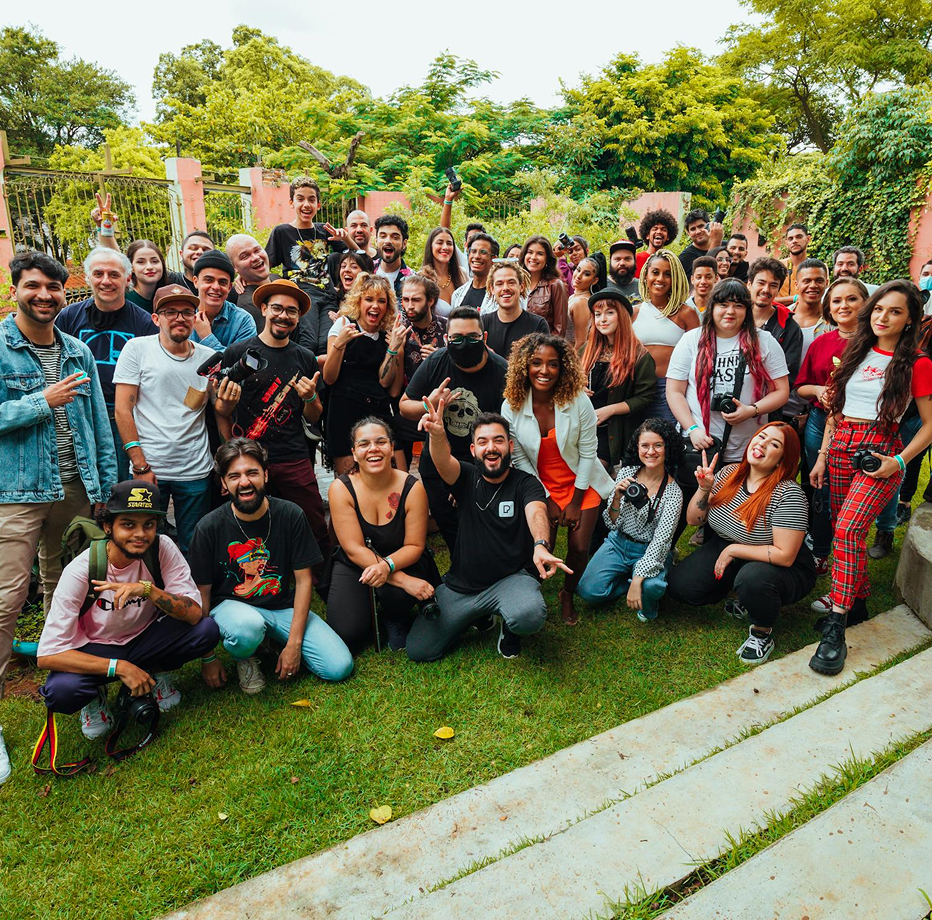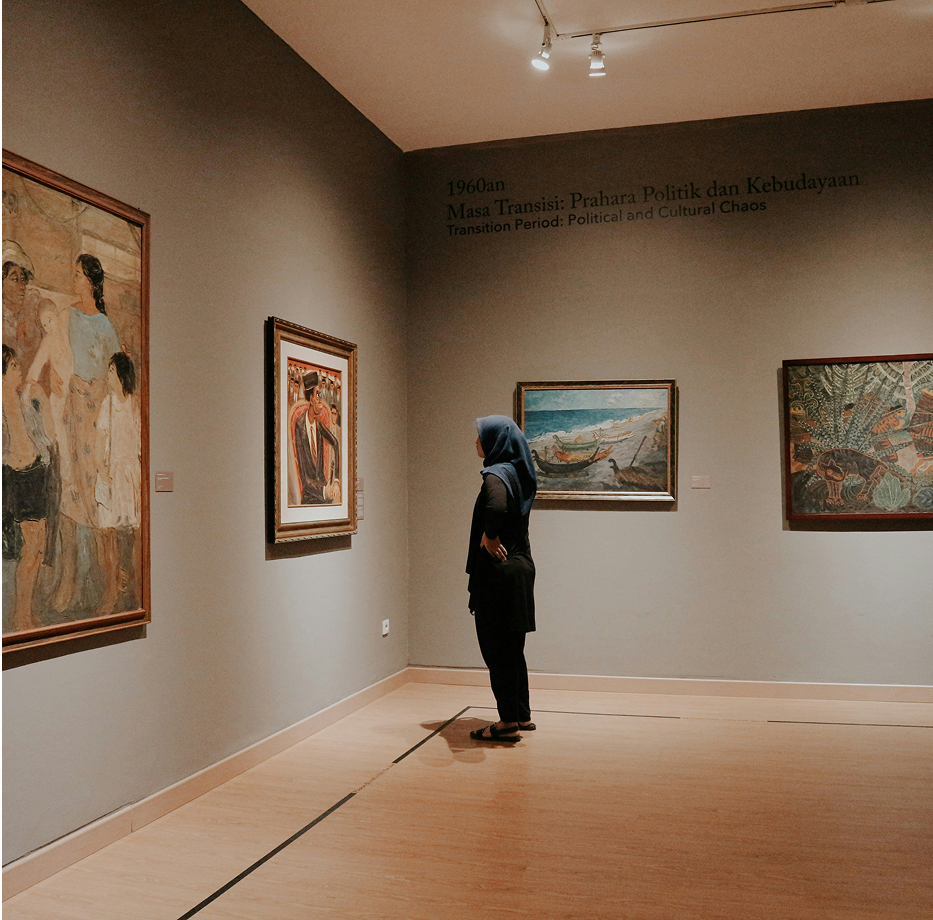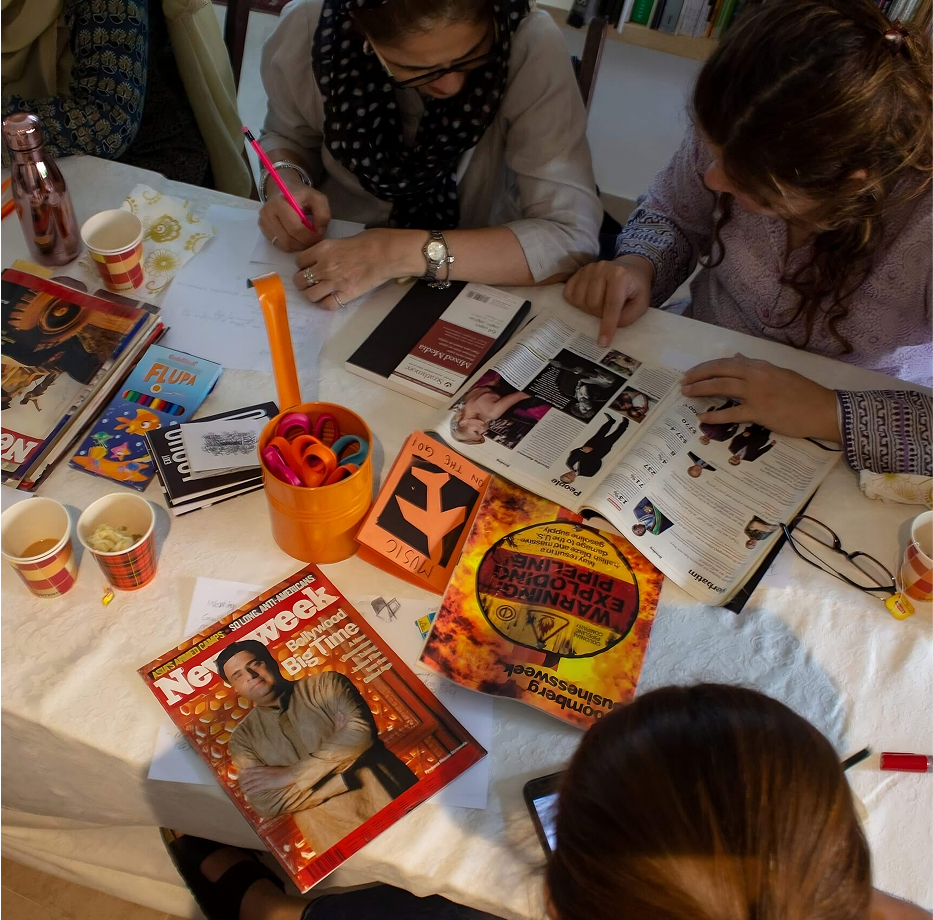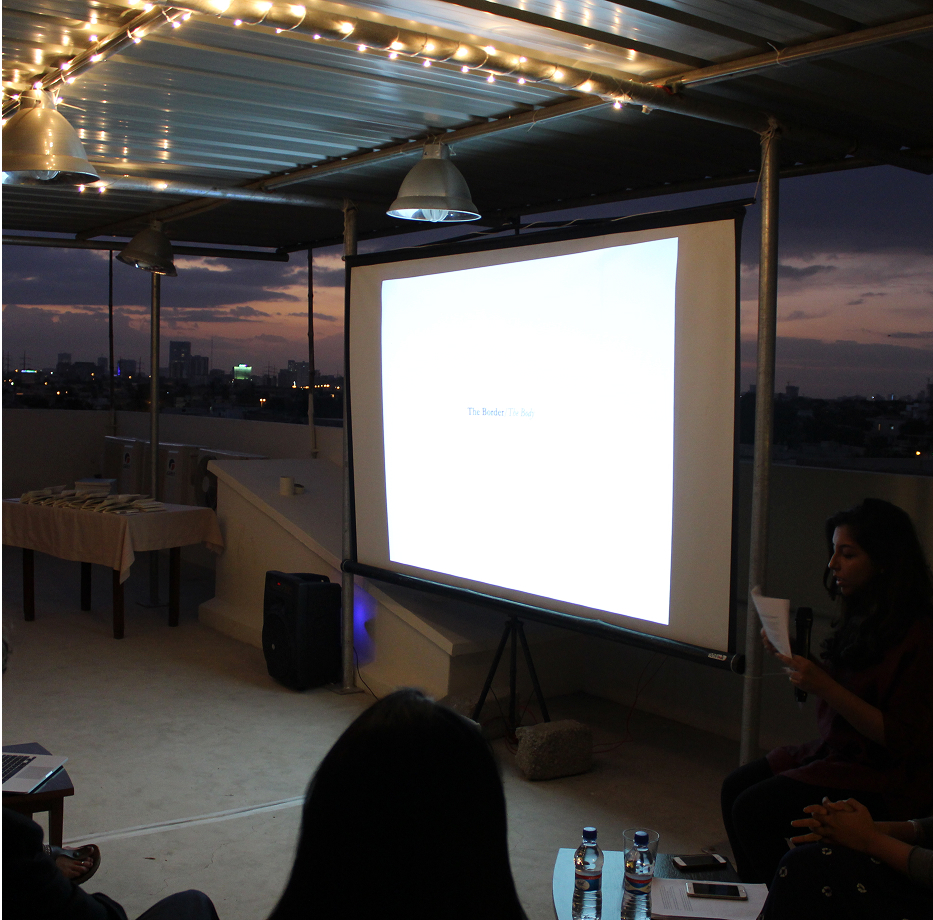Indigo Waves and Other Stories
The Indian Ocean or, the Afrasian Sea as John Njenga Karugia terms serves as a communal horizon from which to read Afro-Asian histories of forced and unforced movements through currents of linguistic exchange, performative cultures, sacred geography, the development of cuisines as well as the fows of mercantile empire, early corporatization, networks of enslavement and indentured labour.
Considering the processes of creolization through entanglements and refractions over a millennium of trade and encounters between cultures that have existed in, around or on the fringes of the Indian Ocean/ Arabian Sea, this residency invites practitioners to unveil relationalities anchored in this oceanic geography of perpetual hybridity and engage the multiplicity of diasporas that have been sustained. African presence incurrent day Pakistan is said to date back to ca. 711 A.D. when Arab seafarers and traders conquered the Sindh province bringing slave labourers from the African continent. To this day, a population of nearly 250.000 people of African descent live in Pakistan and the performative culture of the Sheedi community not only carries in it traces of rhythm and narrativization with distinct ties to the African continent – the contemporary artistic community also bears solidarity with the Pan-African movement, the “plight of black people all over the world” and Négritude as in the case of the Sheedi-Baloch poet Noon Meem Danish.
This residency presents the first iteration of a 5 chapter project that spans a period of two years and connects Vasl Artists’ Association, Frans Hals Museum in The Netherlands, Gropius Bau and Savvy Contemporary in Berlin and Zeitz MOCAA in Cape Town. Addressing artists, storytellers/poets, musicians, filmmakers and thinkers from across Pakistan and particularly the Sheedi community, we invite four residents to work individually or in collaboration to draw from the realm of ocean ness through the sensing of rhythms, acts in counter-cartography, drawing from familial narratives, sea faring lineages and trade winds, archives of textiles, for a and fauna to develop works that relay an expanded connection to this oceanic sphere. Karachi’s cosmopolitan shorelines and maritime chronicles of the Arabian Sea may serve as a way to invoke records that resurge from the memory of water that anchors collective consciousness and goes far deeper than the limits of colonial encounters and European imperialisms.
